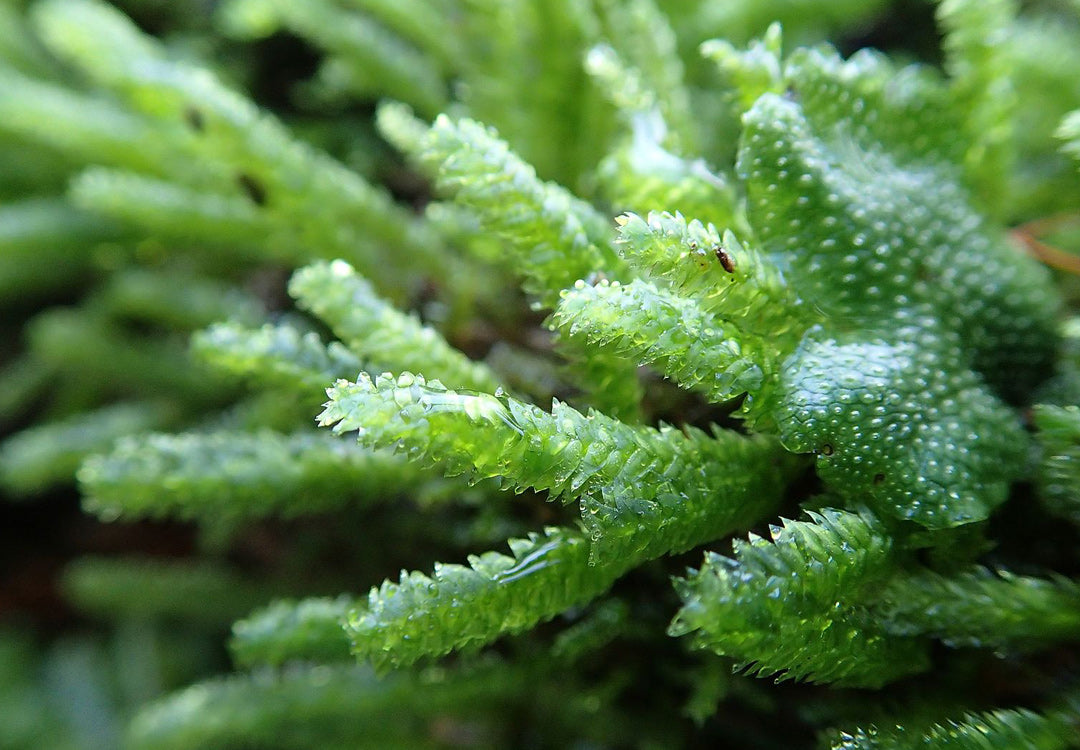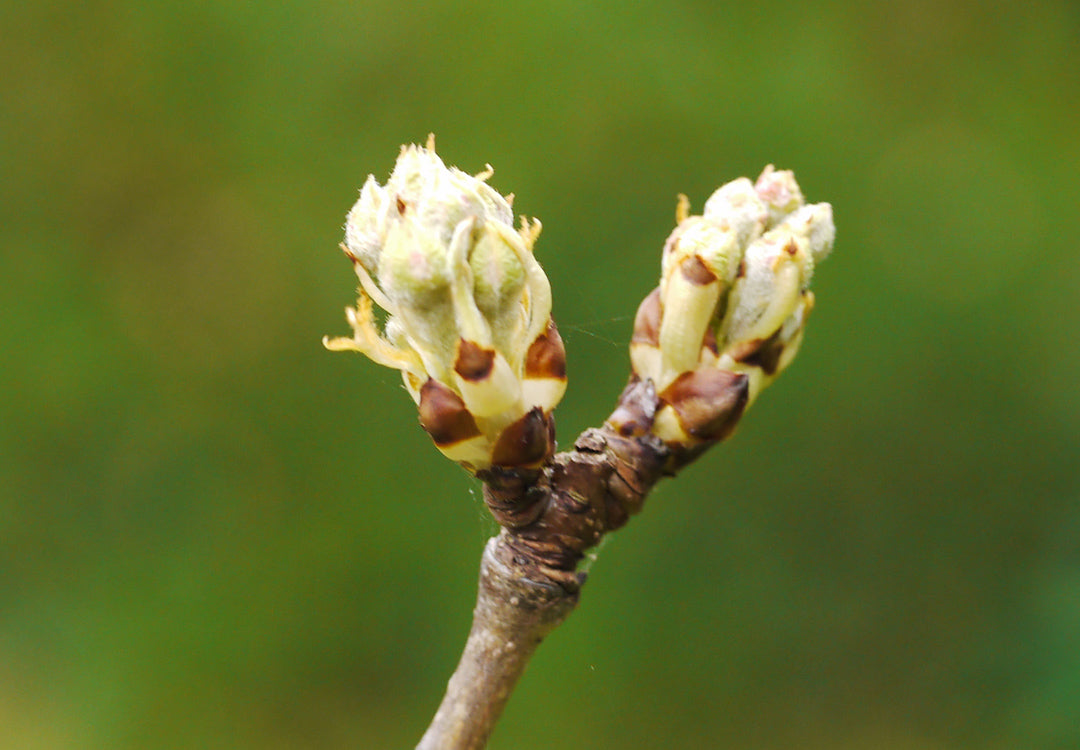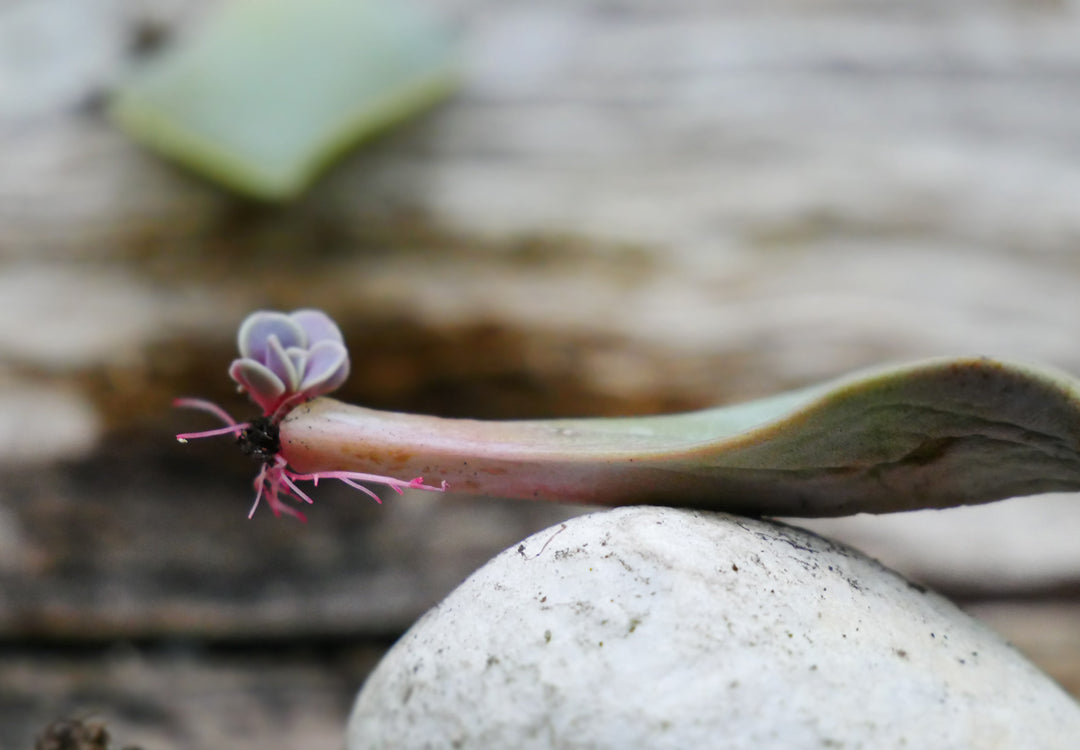The Four Main Groups of Plants
A long, long time ago, a sea-algae, probably from the division called Charophyta, produced a new idea among the plant kingdom and crawled out of the sea to establish the lineage of land plants we know on Earth today.
There are a wide variety of weird and wonderful land-dwelling plants out there today that have all evolved from this pioneering organism, but we can break them up into 4 groups:
1. Bryophytes are considered the simplest of the four types, because they lack a full vascular system, true roots and true leaves. These include mosses and other small plants that grow in wet areas and use spores to reproduce.





